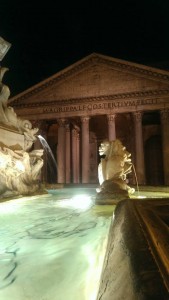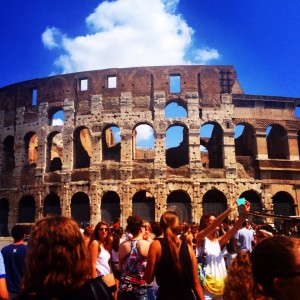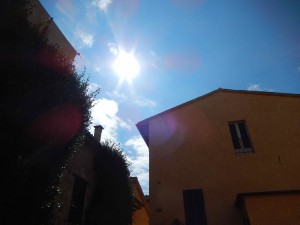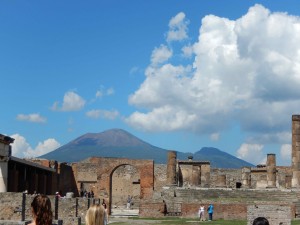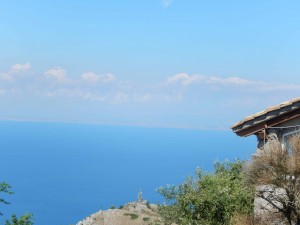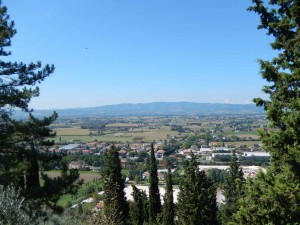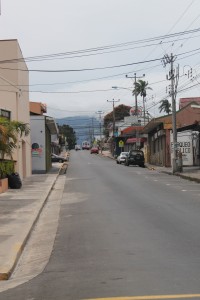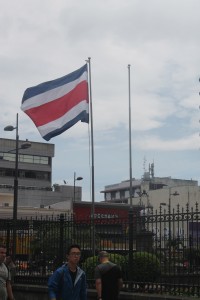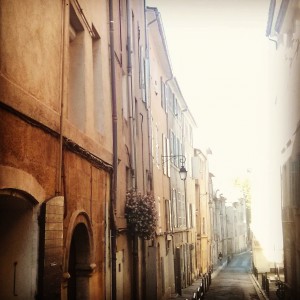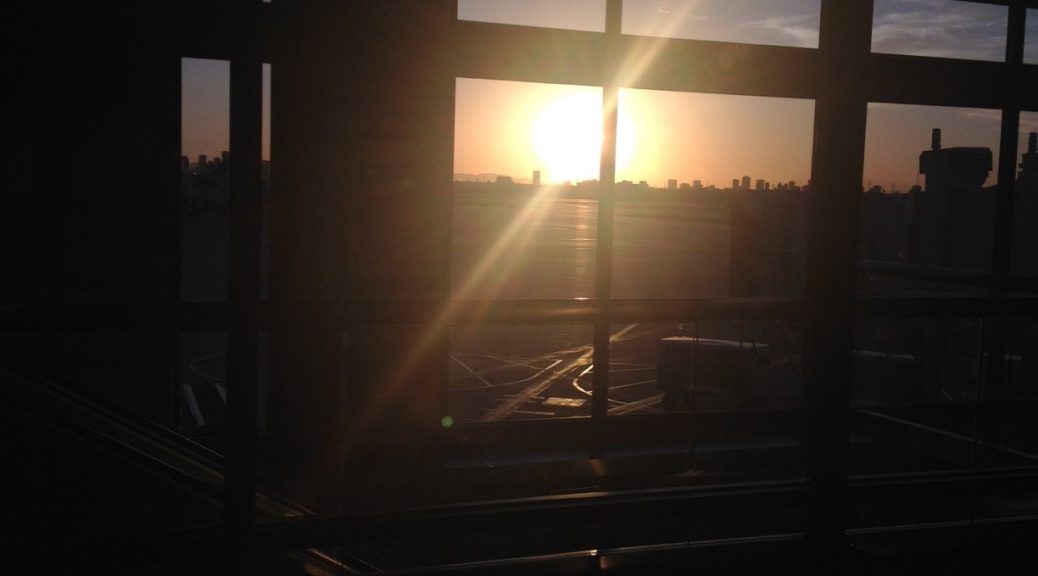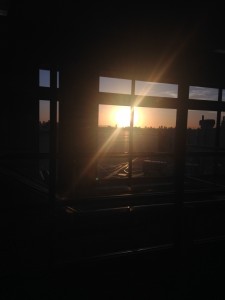Old Habits Die Hard
“Vorrei un caffe per favore” (meaning I’d like one coffee please) has become a cherished phrase in the land of cappuccinos and afternoon macchiatos. Milk is considered taboo to drink after noon, so ordering a cappuccino at 3pm not only designates your nationality but your inability to adjust to the Italian mindset, which also has its own set of quirks. One of these being reliability. I often question how Italians get anywhere on time but then I realized they don’t! Blessed be the days of using the CTA because ATAC (Rome’s public transportation service) has many things to be desired. Sometimes the bus arrives every 30 minutes. Sometimes the bus simply does not come and when it does your bus driver might have an agenda of his own that does not involve stopping anywhere near where you wanted.
Becoming familiar with Rome makes you feel like a freshman again. Most students tend to roam in packs in an effort to explore, because being alone in a foreign city is something the consulate strongly frowns upon. Nobody wants to be the lead actress in a Taken remake set in Italy. Another added layer of anxiety is the ever present state of being lost. Every time I’ve been lost, however, I’ve come across something I was destined to find. Rome has a way of producing breathtaking architecture and monuments out of thin air. One moment you’re searching a map to find the nearest 990 bust stop and the next you’re bumping into the Pantheon on accident. Another short stroll and you’re reliving the Lizzie Maguire movie at the Trevi Fountain. Not having GPS or Google maps on my phone is definitely a double edged sword I’ve become a professional at wielding.
I think most people, like myself, find comfort in routine. In an effort to retain some normalcy I’ve been frequenting the same places throughout Rome. Once a week I try to go to my favorite neighborhood bar, Il Siciliano, for a much needed caffeine boost and a cornetto of course. I’ve also become a regular at Frigidarium, the best gelato place I’ve had thus far. How many times I go there any given weekend is something I will take to the grave.
Although cutting down on how many vats of coffee I drink each day and coming to terms with being perpetually late has been rough, the past three weeks have opened my eyes to all that studying abroad has to offer. Everyone has a different strategy for independent travel while abroad. It honestly comes down to a quantity versus quality approach. I’ve heard of people traveling almost every free weekend they have to get “the most” out of their time abroad. I plan on staying in Rome for most of my weekends this semester to get to know Rome well opposed to just seeing as many countries as I can. If I can leave Rome three months from now with enough knowledge to show family and friends around the city I have accomplished my goal.
Until next time,
Veronica

